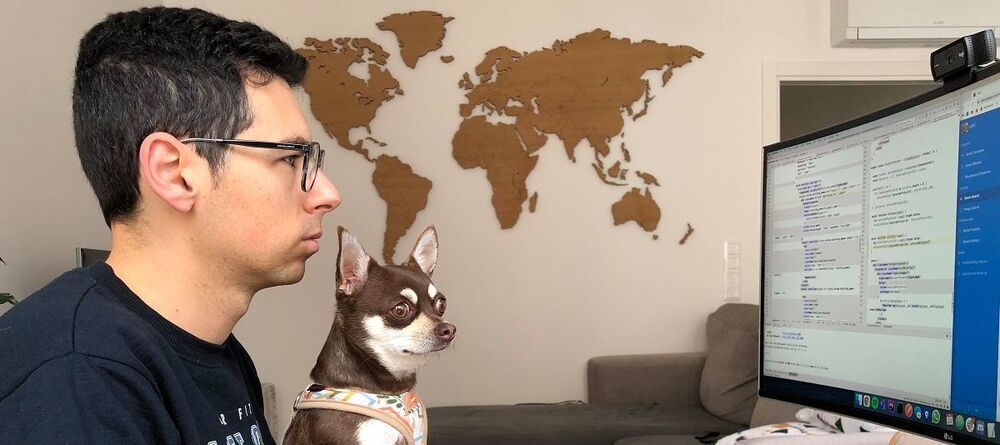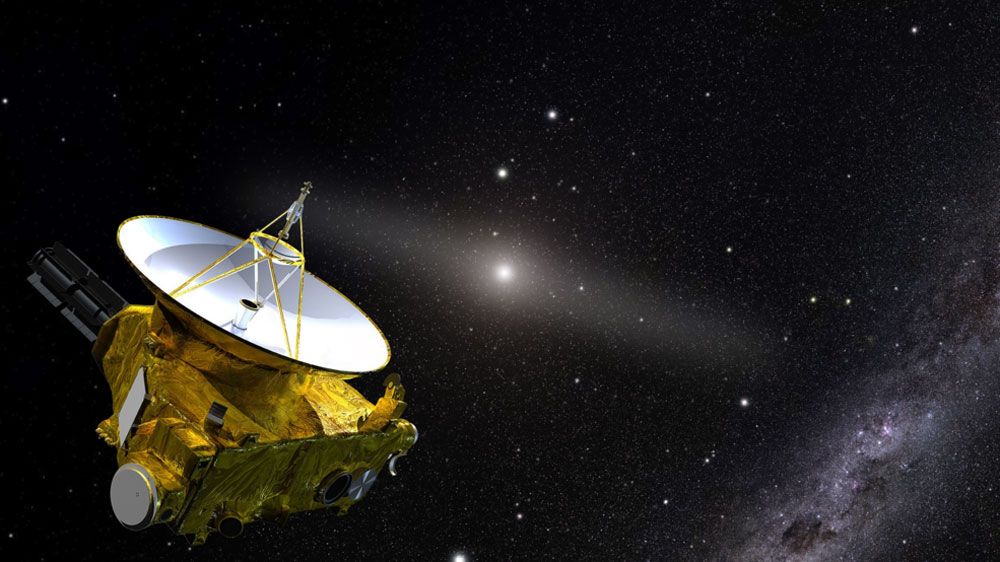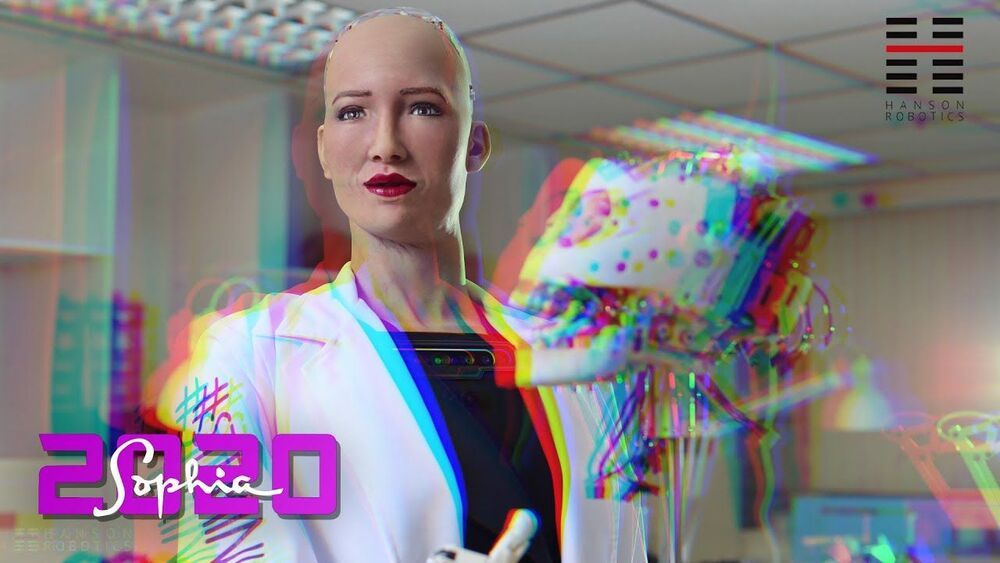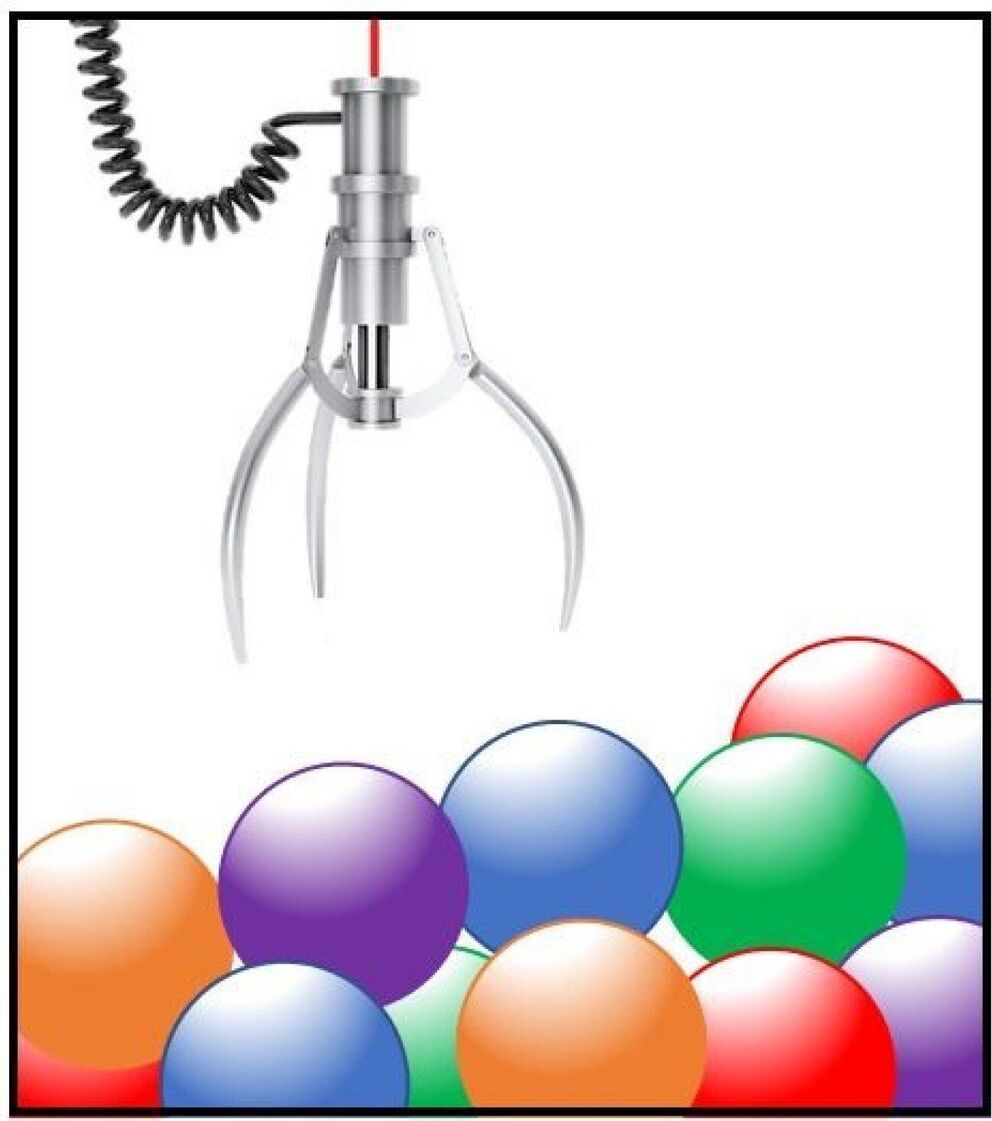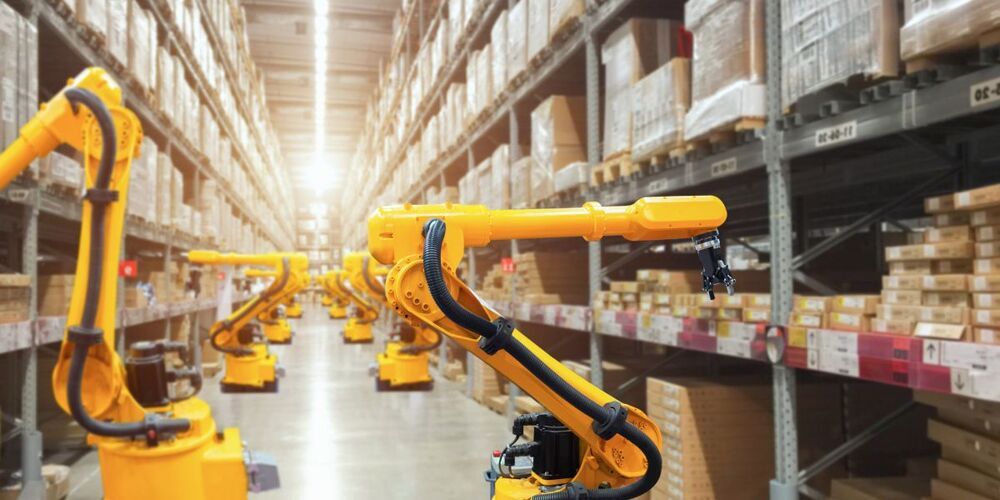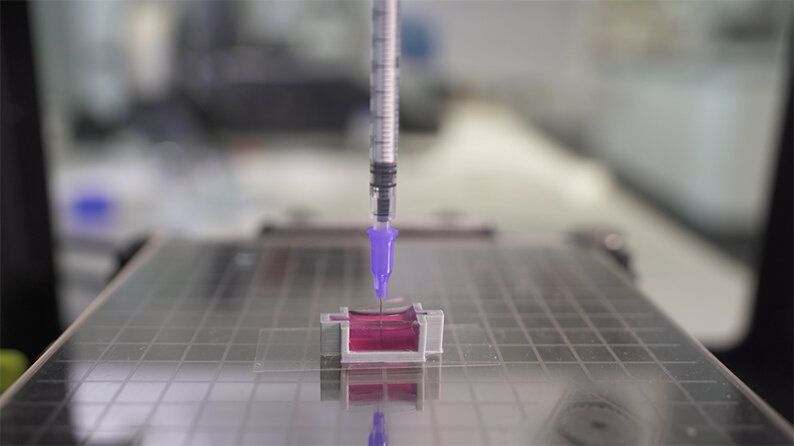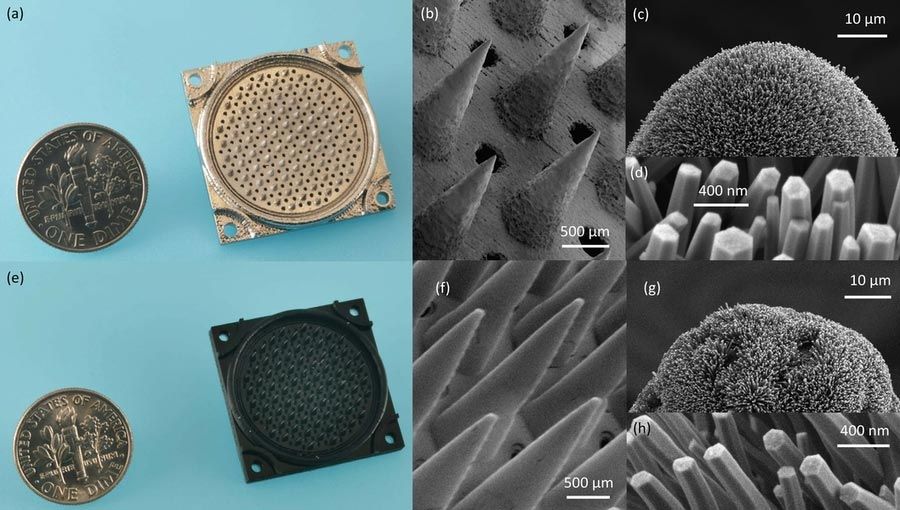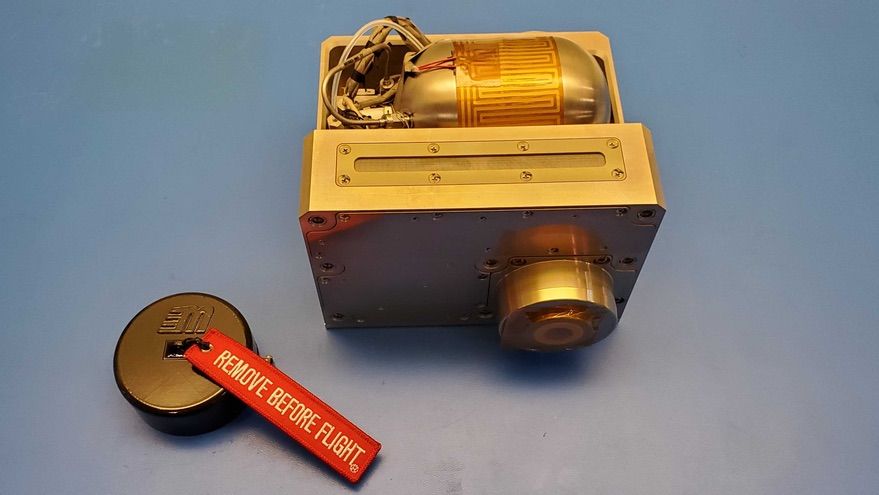Jan 25, 2021
JetPlay’s Ludo AI platform accelerates game concept creation
Posted by Genevieve Klien in categories: entertainment, robotics/AI
JetPlay has launched Ludo, a game creation platform that uses artificial intelligence to accelerate the creative process.
The Seattle-based JetPlay has launched the open beta of Ludo, following a successful closed beta with participation from independent studios around the world. It will be a big test about whether automation can be useful in the domain of creativity, where humans have dominated so far.
Ludo is a game ideation platform that helps teams come up with ideas for games as well as images that can help them generate concept art. To me, this could go either way depending on the quality of the results. If it doesn’t work well, it could be a terrible idea, spitting out clones of popular games or otherwise leading creators astray. If it works well, however, it could accelerate creative moments and put your imagination on turbocharge, giving you a place to start your creative work.
